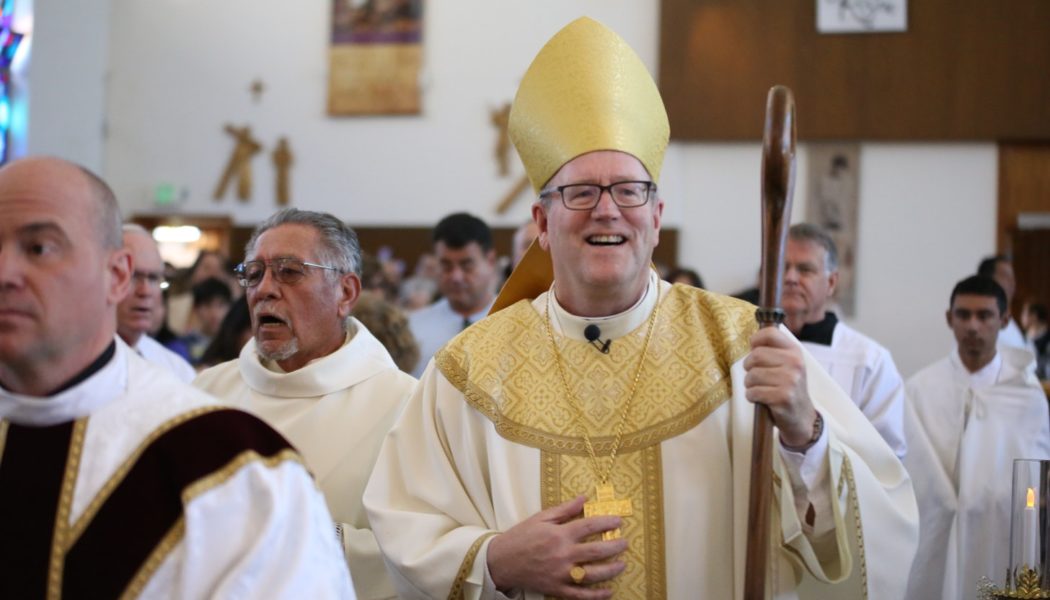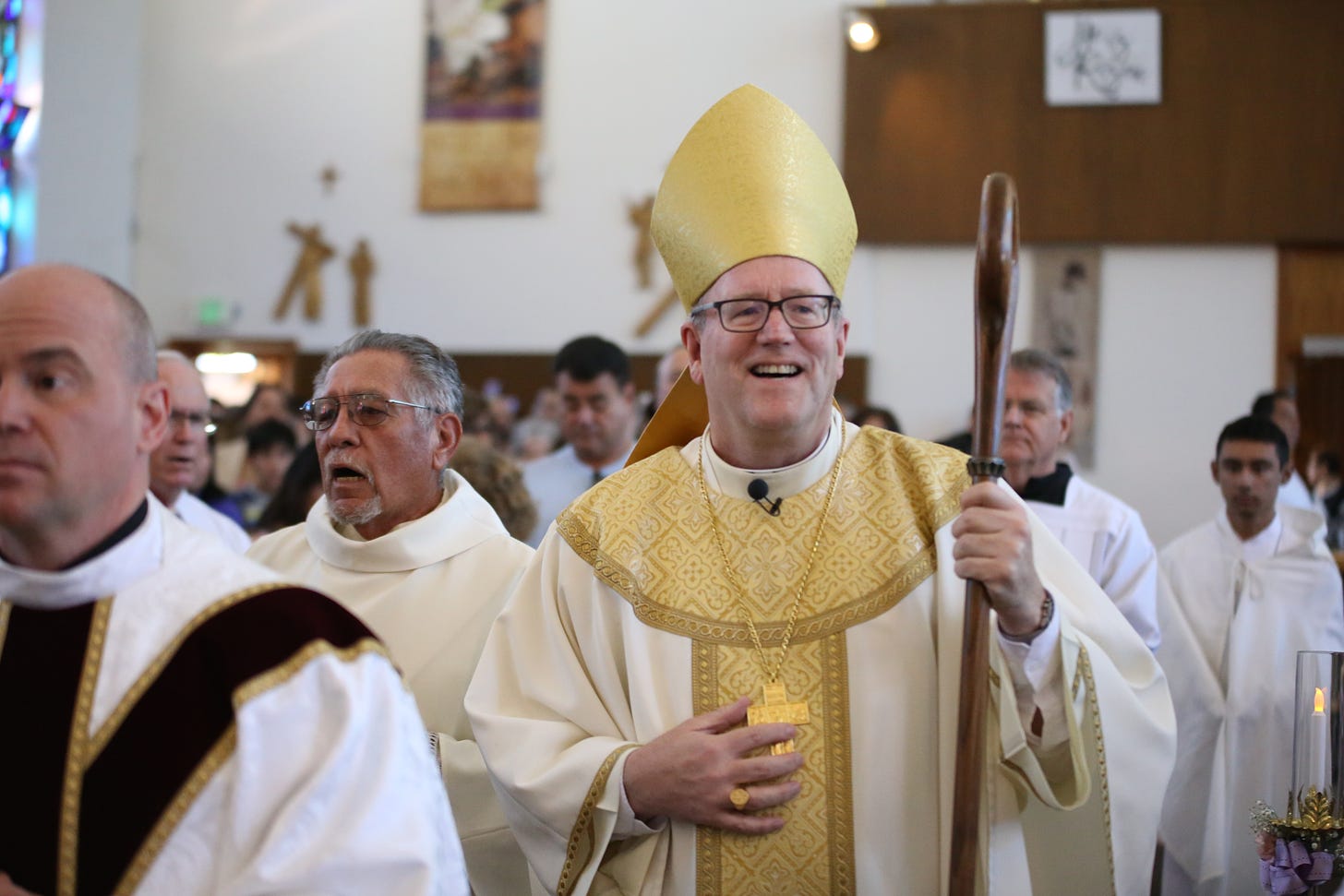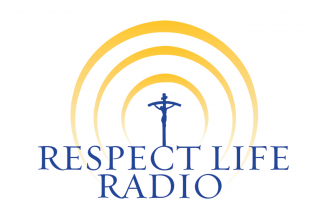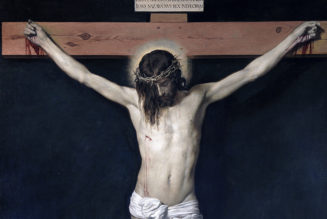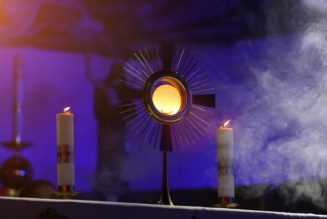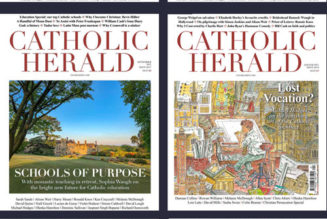Happy Friday friends,
And an especially happy Platinum Jubilee weekend to those readers lucky enough to be celebrating it.
For 70 years, Elizabeth II has reigned as Queen of the United Kingdom of Great Britain and Northern Ireland, Canada, Australia, New Zealand, Jamaica, Antigua and Barbuda, The Bahamas, Belize, Grenada, Papua New Guinea, Saint Lucia, Solomon Islands, St Kitts and Nevis, St Vincent and the Grenadines, and Tuvalu.
Or as Americans insist on calling them, “England.”
I acquired my British (not “English”) citizenship when I was 17 and, being legally an adult, I had the unusual experience of swearing to bear true and faithful allegiance to Her Maj. Saving some serious reservations about her feckless, witless, and endlessly otiose offspring, this is something I have, on balance, not come to regret.
Many Americans, in my experience, like to affect a snooty disdain for the institution of the monarchy to offset their avid tabloid consumption of all things royal. Often lost on them is the real strength of having a focal point of national unity which sits well above partisan politics.
And, in an age of the emotional incontinence and desperate attention-seeking of social media, I don’t think many people over here understand the superhuman self-discipline which she has had to exercise to preserve the integrity of this role for 70 years, never betraying a personal opinion on anything remotely controversial.
Although, that isn’t quite true. One subject on which the Queen has routinely expressed herself over the years is her Christian faith. Her annual Christmas Day speeches, for example, usually contain a clear, unambiguous, proclamations of the historical fact of the birth of Christ as true God and true man for the salvation of the world, the centrality of her Christian faith in her own life.
Would that we all could turn all our public expressions of personal opinion to such truths.
Anyway, on with the news.
Yesterday, Bishop Robert Barron was formally announced as the next Bishop of Winona-Rochester in Minnesota.
Formerly the chair of the USCCB’s committee on evangelization and catechesis, Barron was elected last year to be the incoming head of the committee on laity, family life, and youth starting this November. Much of his stature in the conference, of course, comes not from his experience as an auxiliary bishop in LA, or as a seminary rector in Chicago, but as the founder and public face of Word on Fire, the independent media apostolate Barron started while still a priest in Chicago.
After the big bang of the 2011 video series Catholicism, through WoF Barron has developed considerable savvy in what it’s no longer cool to call “new media.”
And he has shown a level of comfort with the kind of online communications platforms which Church institutions often try but rarely master. It makes him, and the media company he started, valuable assets for the Church in the U.S. and the mission of evangelization.
As we noted a few weeks ago, Word on Fire is kind of an unusual beast: not officially a ministry of the Church or falling under the authority of the hierarchy and the provisions of canon law. It makes it tricky to figure out where, exactly, it fits into the institutional life of the Church — maybe it doesn’t at all, but is that really tenable for an organization founded and headed by a serving diocesan bishop, especially if and when things go wrong?
I’m told Barron will be keeping up his active role at Word on Fire, and the company is expected to follow him to Minnesota, as it did to LA from Illinois when he became an auxiliary bishop there. It will be interesting to see how he juggles running a diocese (and his conference committee work) with his role at Word on Fire, and what that might eventually mean for the media organization.
As the bishop’s ecclesiastical responsibilities grow, he and WoF may have to choose between the organization becoming formally incorporated into the Church’s canonical structures, or accepting that independence from the hierarchy may have to mean independence from Barron, too.
—
Last Sunday, between Masses at Sacred Heart co-cathedral in the Archdiocese of Galveston-Houston, a relic of the True Cross was stolen. It was the second relic of the cross to be stolen in a week, and just the latest in a series of robberies at churches across the country.
Like, how does having a saint’s hand or heart on display in one place and their body in another square with what the Church teaches about the resurrection of the body and the need for a proper Christian burial?
And what’s the real difference between a “first class” relic and a “third class” one — are we saying some physical objects are more spiritually powerful than others? And how firm is the Church’s ban on selling relics, because it seems like they circulate an awful lot.
We asked him all the questions, and you can read the answers here.
The case of Bishop Daniel Fernández Torres, the former leader of the Puerto Rican Diocese of Arecibo, was back in the news this week.
Bishop Fernández was suddenly, and without explanation from the Vatican, deposed from office by Pope Francis in March. It’s a step very, very rarely taken by the pope; even bishops facing serious allegations of canonically criminal misconduct are usually afforded the dignity of “resigning” rather than being sacked.
In Fernández’s case, it seems he’s guilty of making himself unpopular with some of the other Puerto Rican bishops, but if that’s all it takes to get a bishop summarily dismissed, the Church in the U.S. would be in for a wild ride.
The bishop now has a canonical brief making its way around Rome, arguing that he’s still not been told exactly why the pope canceled him, and he is still trying to meet with Francis to ask for some kind of explanation of what happened.
He is also arguing that he’s been denied due process — that Pope Francis issued a law in 2016, Come una madre amorevole, establishing the reasons and legal means by which a bishop can be removed, and none of these have been observed.
I have to say, at least from the available information, Fernández has a point.
I’ve been writing for years about the reams of new legislation Pope Francis has promulgated to reform the Church’s penal laws and process. Whether it is Come una madre, Vos estis, a new Book VI for the Code of Canon Law, or the reforms of Vatican City’s anti-corruption laws, the pope has made a truly historic contribution to ensuring episcopal accountability in the Church’s legal system.
But all of these reforms only matter, only work, only serve to foster justice, if they are actually seen to be used by the pope himself.
One of my greatest frustrations with the implementation of Vos estis has been the continued practice of allowing bishops to resign following a damning investigation into their misconduct, sparing them the disgrace of being publicly fired — even allowing them to throw themselves a retirement party on their way out the door.
It isn’t justice, as the pope himself wrote last year, when the Church refuses to impose the penalties she prescribes for misconduct.
And it isn’t justice either — let alone transparency — when authority is exercised seemingly arbitrarily, and without any due process, to remove a bishop who doesn’t even know himself what he is meant to have done wrong.
Fernández is still seeking a meeting with the pope, and I hope he gets one. He is owed, in justice and in Francis’ own laws, an explanation. So are the faithful of his former diocese.
You can read more about his case here.
Assuming the Supreme Court rules as expected, we could be just weeks away from the end of Roe v. Wade and an entirely changed legal field in the fight to end abortion.
More than a dozen states have laws which will curtail abortion overnight, in the event a decision in Dobbs is handed down.
But what about the other states, which have announced their intention to become “magnets” and “sanctuaries” for abortions, actively hoping to draw mothers there and incentivize them to end their unborn children’s lives? What’s the plan for those states?
This week, Charlie Camosy talked to Molly Sheahan, associate director for respect life advocacy for the California Catholic Conference, about what the Church, and ordinary Catholics in California are doing to confront the reality there — that a possible end to Roe is actually increasing the attack on life.
Read the whole conversation here.
—
One month from today, the Church in Australia will gather for the second and final general assembly of the plenary council currently underway. Ahead of that meeting, attendees have been sent a draft framework of resolutions and motions which the council could vote on, and it contains some interesting proposals.
The framework also suggests asking Rome to allow wider usage of the third form of the rite of Penance — general absolution of the assembly, instead of individual confession.
Taken in isolation, you’d be forgiven for thinking these proposals come from a radically progressive document, in the sense that “progressive” in the Church often means “regressive” to the worst post-conciliar excesses of the 1970s. But, striking as they are, these proposed motions are not emblematic of the document as a whole.
The framework is a stitching together of the opinions and desires expressed by the council’s attendees so far. And while it does an admirable attempt to strike a coherent tone of bold evangelical zeal, it’s hard not to notice the cracks under the paint.
Beyond areas of obvious consensus, like healing the wounds of the sexual abuse crisis, reading it carefully, it seems to me the framework is doing its best to reconcile two very different visions of the Church in Australia now, and for its future — one which stands firmly behind the need for a bold proclamation of the Church’s perennial teachings to a secularized world, and another which wants to accommodate more the “signs of the times.”
The tension, for me, was summed up in this passage:
“In a society that sees the Catholic understanding of marriage as “outdated and irrelevant”, there is an urgent and clear need for a renewed catechesis on marriage. At the same time, there is a great pastoral need to care for all married couples, including those who struggle to accept the Church’s teachings about the sacrament of matrimony.”
The two statements, that there is an urgent need for renewed catechesis on the Church’s teachings on marriage and a great pastoral need to care for those Catholics who don’t accept that teaching, are framed as “on the one hand… but on the other.”
A coherent vision of the same issue would, I’d argue, have framed these two propositions as cause and effect or problem and solution, rather than being distinct to the point of appearing, well, divorced from each other.
This isn’t a criticism of the framework, or of its drafters. The document just reflects the reality of the council’s sessions so far. But that reality seems to me to be that there are competing, very different, visions in the council. The framework, to me, proposes not so much a marriage of the two into a coherent single articulation of the Church’s mission as a tense cohabitation.
If the final results of the council resemble the framework in tone and content, it seems likely to produce contradictory proposals for the future, and send a mixed message about the local Church’s identity and self-conception.
Why does this matter beyond Australia? Well, I think it’s a microcosm of what is happening in the universal Church. The same issues and tensions at work in the plenary council are at play in the global synodal process, and, I think, it’s at least possible, if not likely, that how things resolve in Australia this summer will be an indication of what comes at the end of the synodal process in Rome.
We will see, but I’m planning on staying tuned.
I want to end on a note of real, sincere, thanks to our subscribers — including especially those who have joined us in the last few days.
Earlier this week I sent out an email to our free readers outlining some of the plans we had for expanding our work here at The Pillar in the second half of this year, and being as frank as I could about the needs we have to make that growth happen.
Specifically, I mentioned that while we’ve grown the readership of these newsletters by the thousands in recent weeks and months, the percentage of readers willing and able to become paying subscribers hasn’t quite kept pace. To see our plans through, I said, we needed to add 500 new paying subscribers by the end of this month.
Well, we got nearly 200 of those new subscribers as a direct response to that — and JD and Michelle and I are still in shock. So, really, thank you to all who signed up.
And thank you to all of you who’ve been with us for the long haul.
We’ve got a ways to go before the end of the month, but frankly I’m starting to suspect we might get there — and if we do, I promise you’ll like what we’re able to do next.
Anyway, happy Jubilee, even to the joyless republicans out there.
See you next week, and God save the Queen.
Ed. Condon
Editor
The Pillar
Join Our Telegram Group : Salvation & Prosperity
